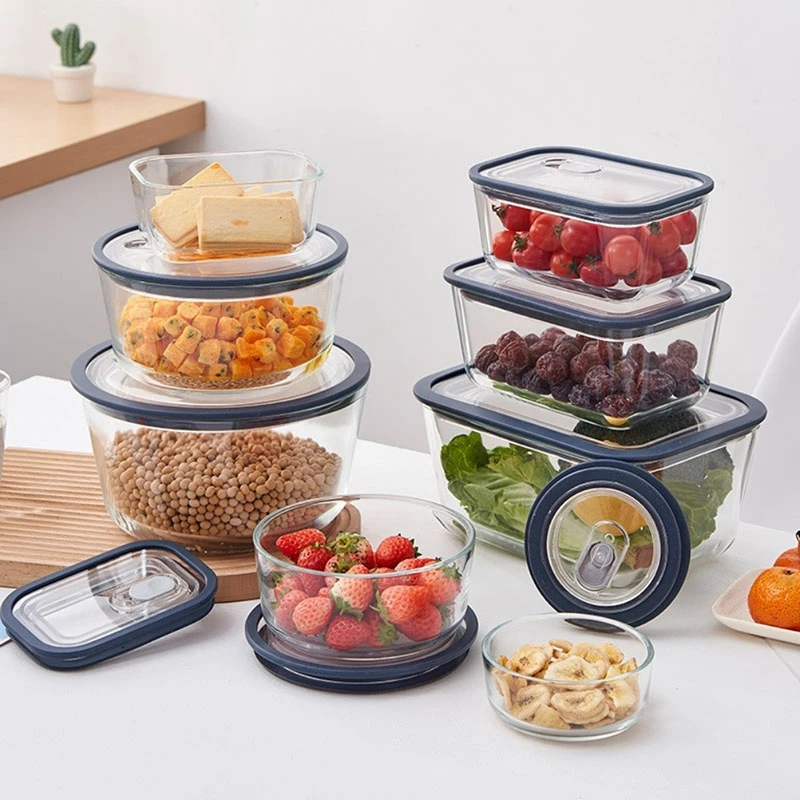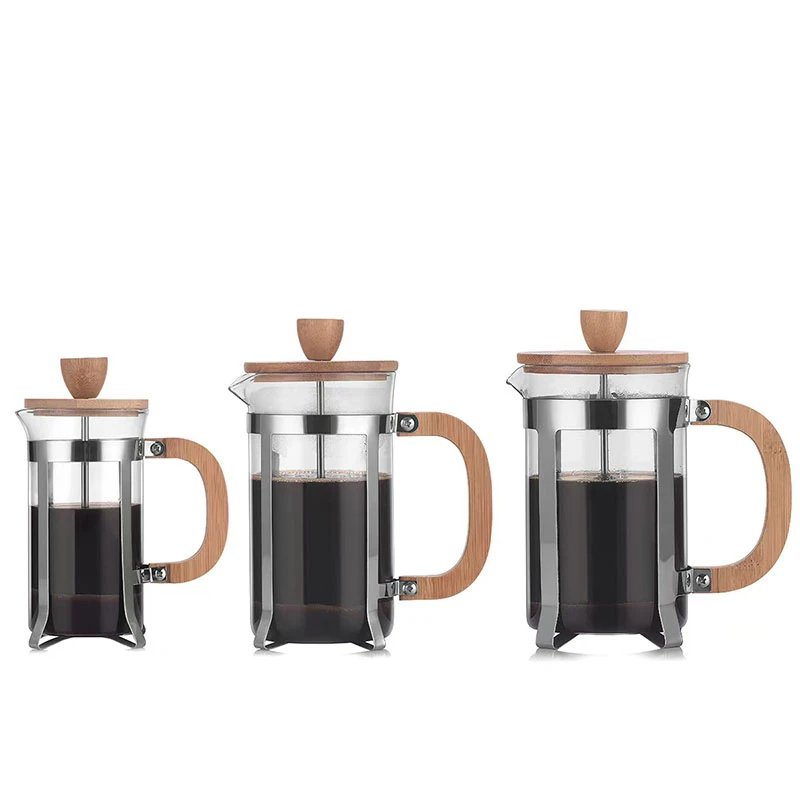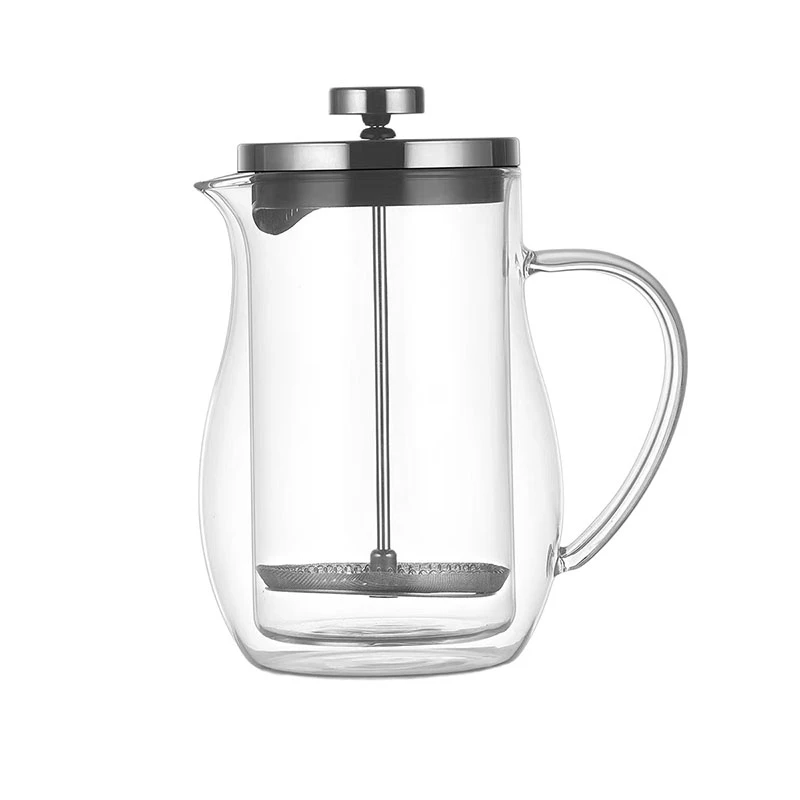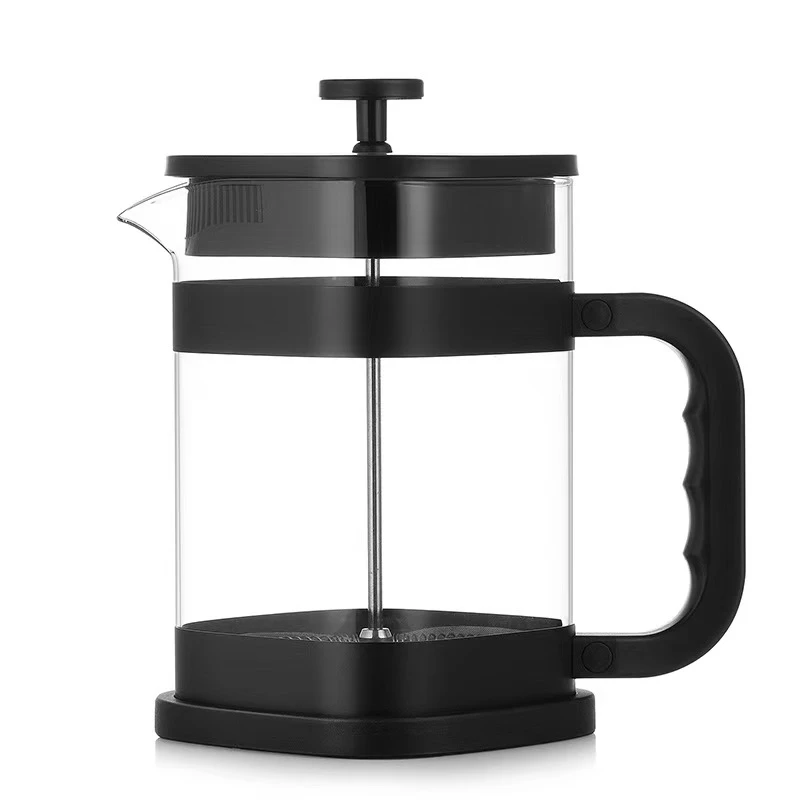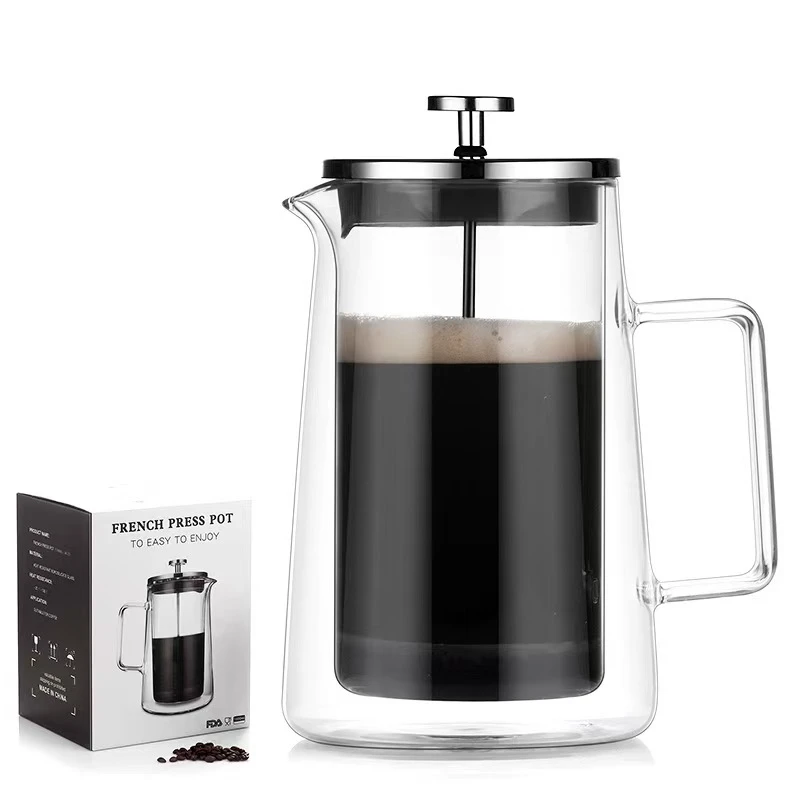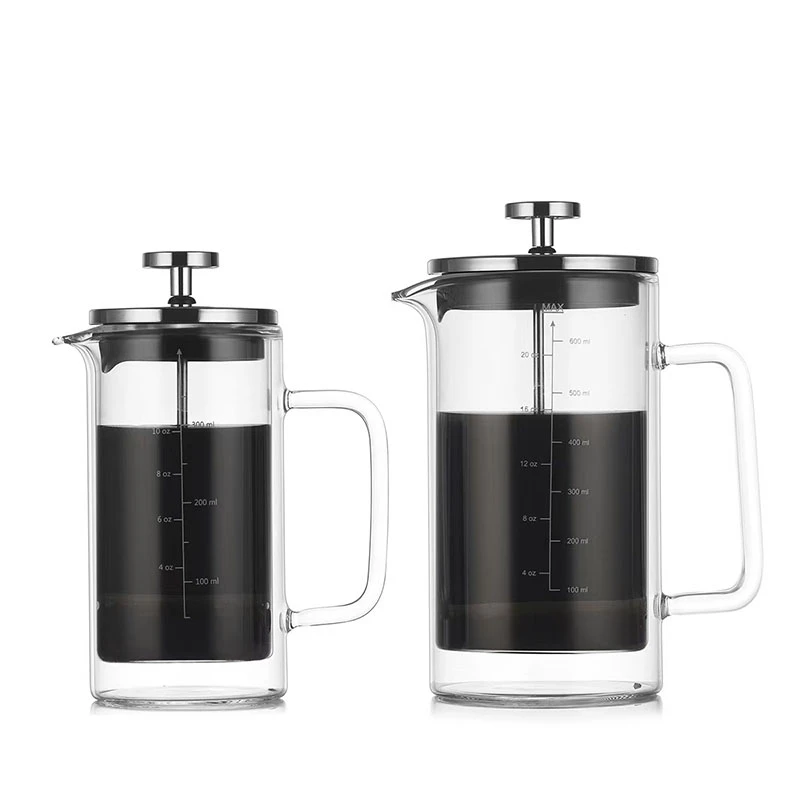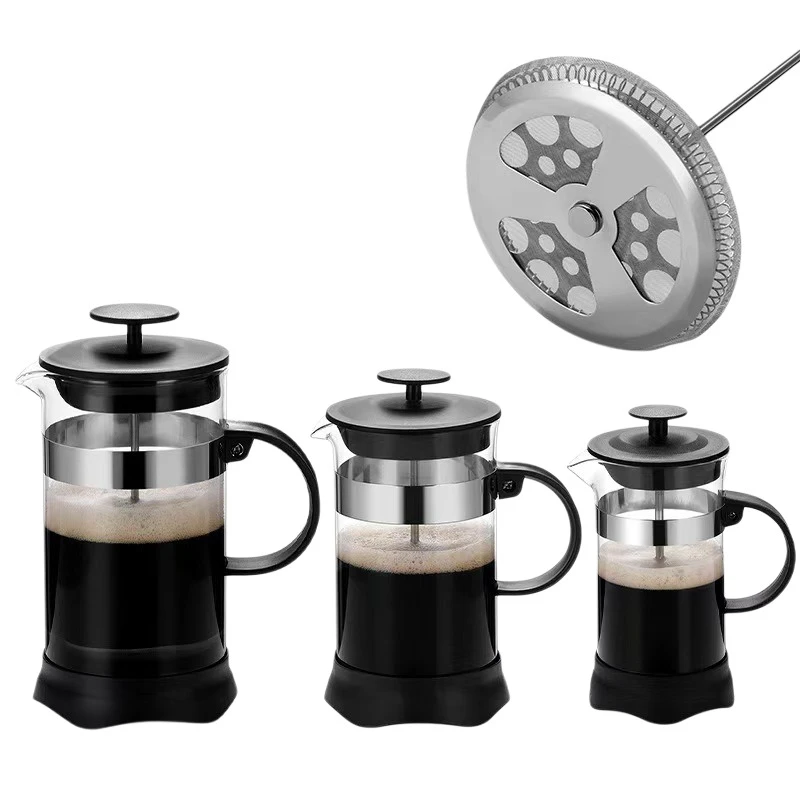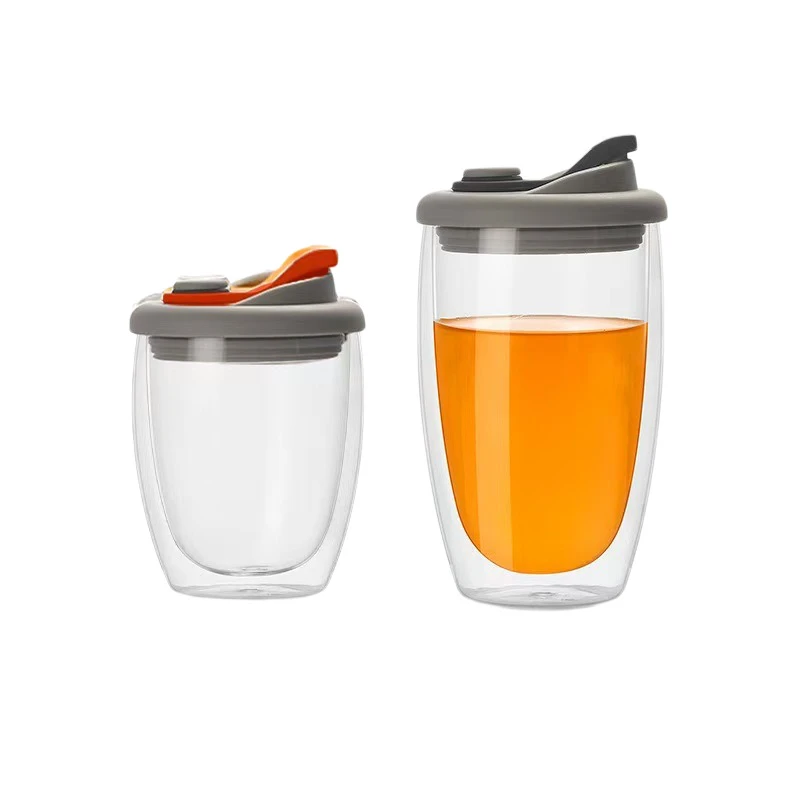 TEL: +86 311 67799298
TEL: +86 311 67799298 Email: tina@yintoglassware.com
Email: tina@yintoglassware.com
Feb . 17, 2025 23:19
Back to list
glass food storage container with glass lid
Choosing the right food storage solutions is crucial for maintaining the quality and freshness of ingredients, and when it comes to options that bridge safety, durability, and sustainability, glass and silicone food storage containers stand out. This article delves into why these materials make for superior storage options, supported by professional insights and firsthand user experiences that underscore their advantages in the kitchen.
When considering the credibility and trustworthiness of glass and silicone for food storage, certifications from regulatory bodies such as the FDA (Food and Drug Administration) for silicone, and ASTM (American Society for Testing and Materials) standards for glass, provide authoritative backing. These certifications assure users of adherence to safety and performance standards, reinforcing consumer confidence. The environmental impact of food storage solutions cannot be overlooked. Both glass and silicone stand out for their sustainability attributes. Glass is 100% recyclable, and its recyclability does not degrade over time. This aligns perfectly with sustainable living goals as it reduces the environmental footprint significantly. Meanwhile, the longevity of silicone containers minimizes the need for frequent replacements, which is a common issue with traditional plastics. Testimonials from users who have transitioned to these sustainable options often reflect a dual satisfaction—contributing positively to the environment while benefiting from a premium product that enhances their culinary experience. A case in point is families who plan weekly meals and rely on airtight silicone and robust glass containers to preserve the freshness and flavor of ingredients. This practical use underscores a move towards more conscientious consumption habits. In conclusion, the combination of glass and silicone for food storage offers a multi-faceted approach to keeping food fresh. They provide a safer, more versatile, and environmentally friendly alternative to traditional plastic storage solutions. As both materials continue to evolve with consumer needs and technological advancements, their place in modern, health-conscious kitchens becomes further galvanized. Choosing these containers not only elevates the quality of food preservation but also represents a wise, long-term investment in health and sustainability.
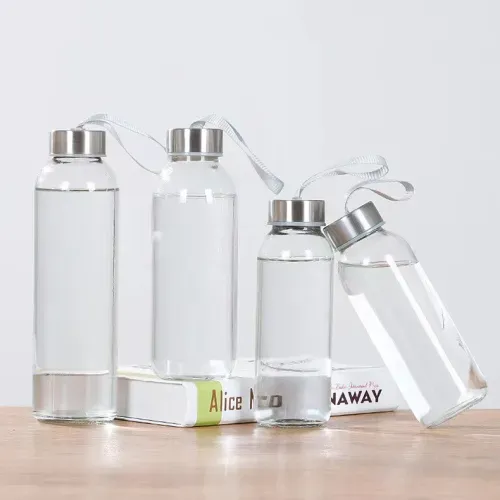

When considering the credibility and trustworthiness of glass and silicone for food storage, certifications from regulatory bodies such as the FDA (Food and Drug Administration) for silicone, and ASTM (American Society for Testing and Materials) standards for glass, provide authoritative backing. These certifications assure users of adherence to safety and performance standards, reinforcing consumer confidence. The environmental impact of food storage solutions cannot be overlooked. Both glass and silicone stand out for their sustainability attributes. Glass is 100% recyclable, and its recyclability does not degrade over time. This aligns perfectly with sustainable living goals as it reduces the environmental footprint significantly. Meanwhile, the longevity of silicone containers minimizes the need for frequent replacements, which is a common issue with traditional plastics. Testimonials from users who have transitioned to these sustainable options often reflect a dual satisfaction—contributing positively to the environment while benefiting from a premium product that enhances their culinary experience. A case in point is families who plan weekly meals and rely on airtight silicone and robust glass containers to preserve the freshness and flavor of ingredients. This practical use underscores a move towards more conscientious consumption habits. In conclusion, the combination of glass and silicone for food storage offers a multi-faceted approach to keeping food fresh. They provide a safer, more versatile, and environmentally friendly alternative to traditional plastic storage solutions. As both materials continue to evolve with consumer needs and technological advancements, their place in modern, health-conscious kitchens becomes further galvanized. Choosing these containers not only elevates the quality of food preservation but also represents a wise, long-term investment in health and sustainability.
Previous:
Latest news
-
Unparalleled Convenience by High Borosilicate Glass Bottle with a Cork LidNewsJul.17,2025
-
The Versatility and Convenience of Glass Salad Bowl SetsNewsJul.17,2025
-
The Practical Wide Application of High Borosilicate Glass Food Storage ContainerNewsJul.17,2025
-
High Borosilicate Colored Glass Bowl VS Soda-Lime Glass and Tempered GlassNewsJul.17,2025
-
Creativity with Customized Colored Glass Dinnerware Sets for SaleNewsJul.17,2025
-
Advantages Analysis of Double Wall French PressNewsJul.17,2025
Related Products


